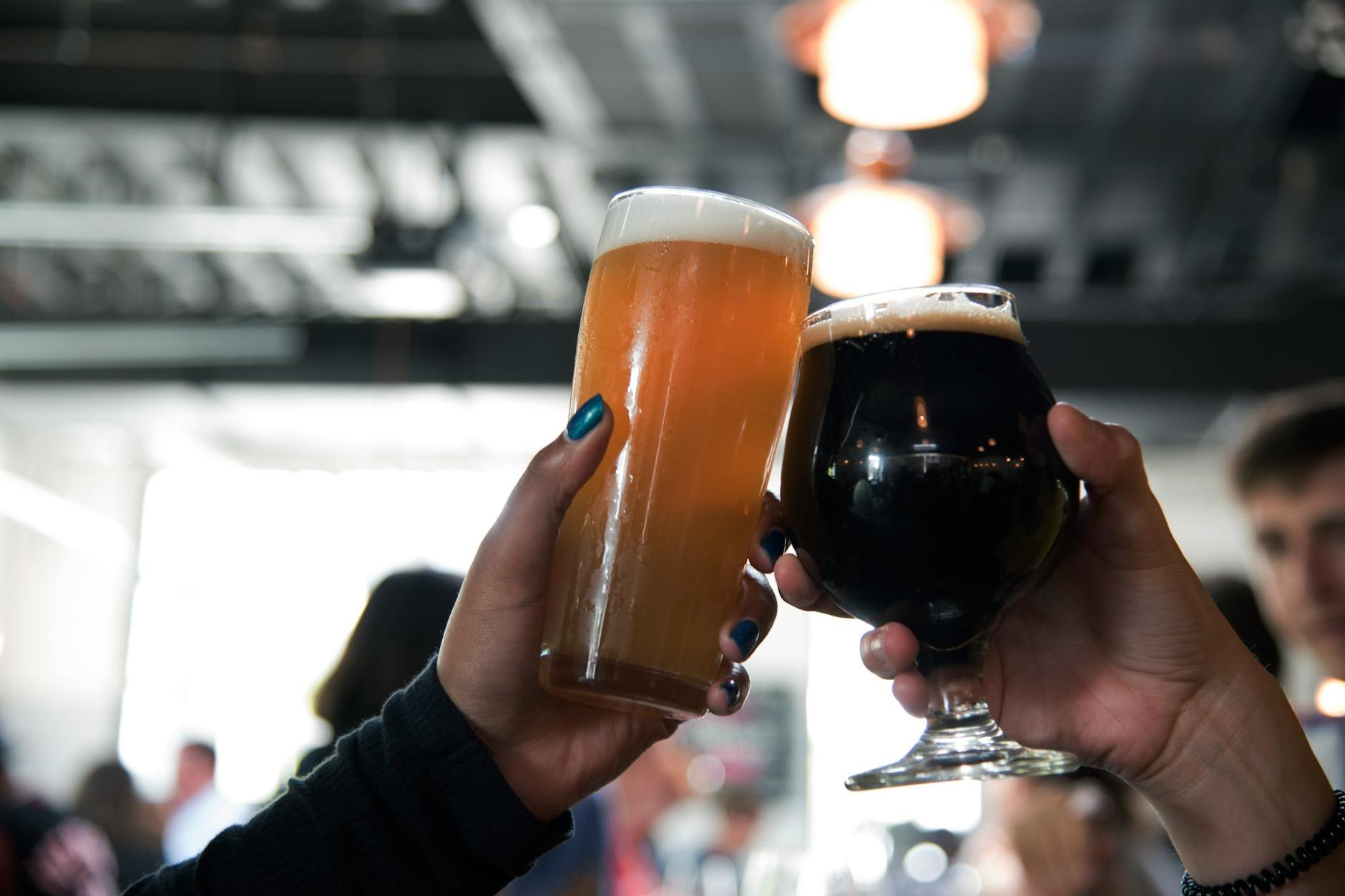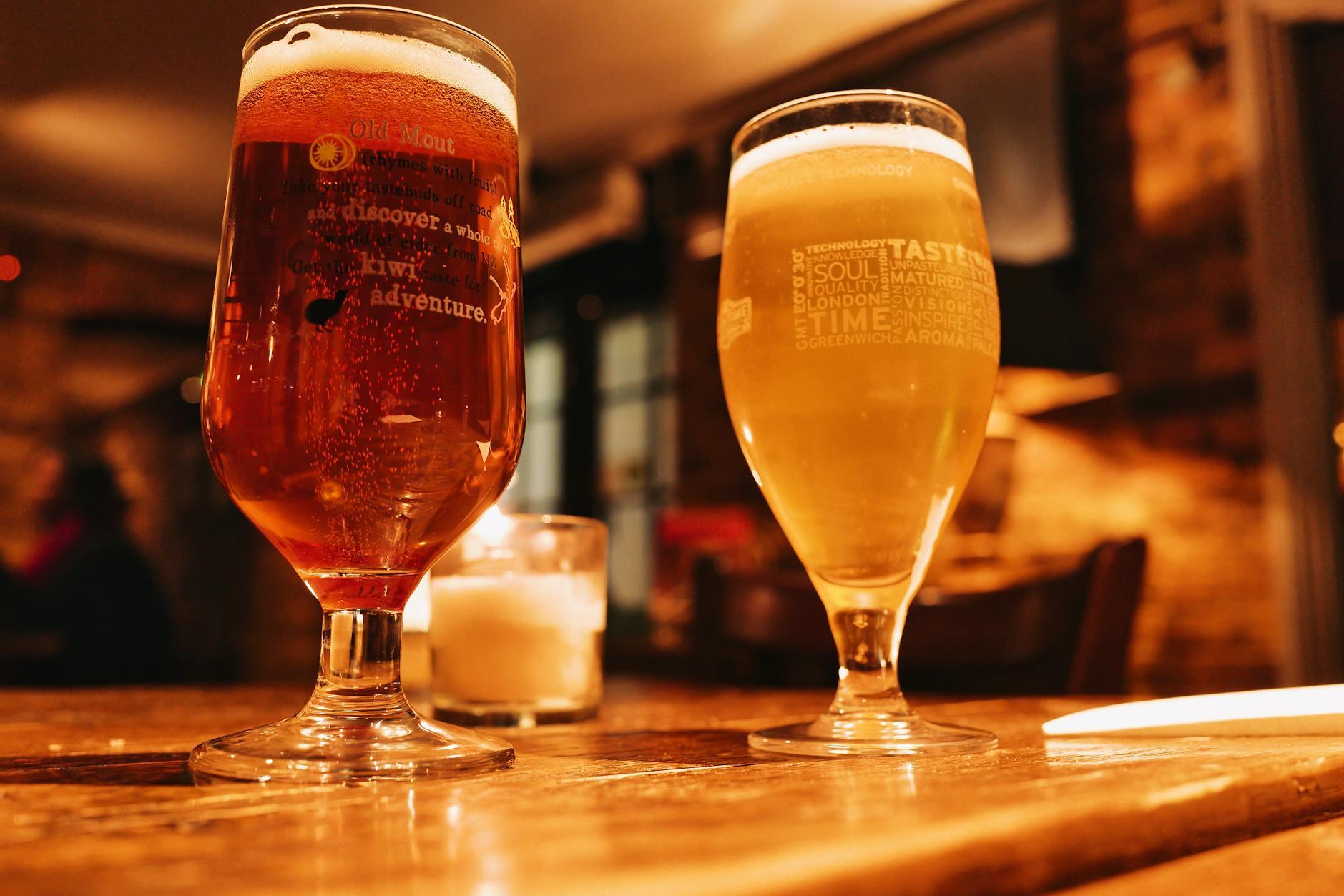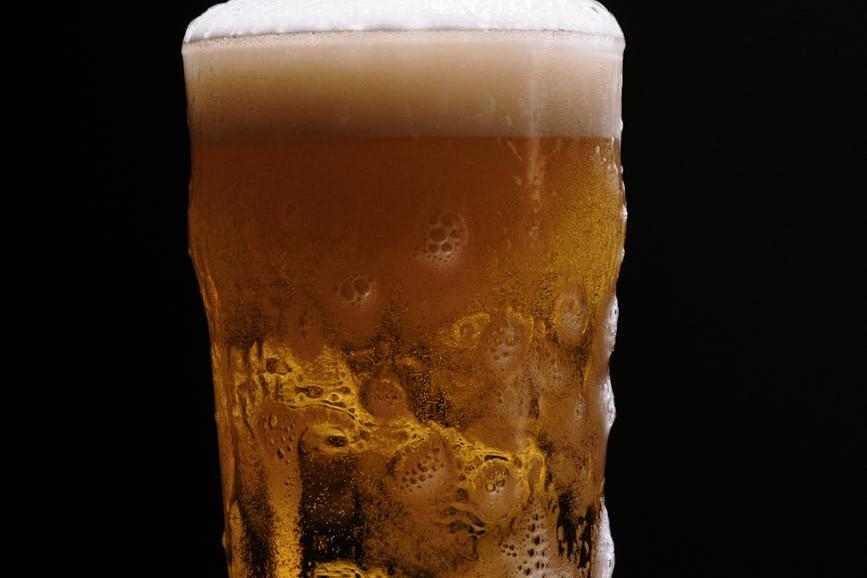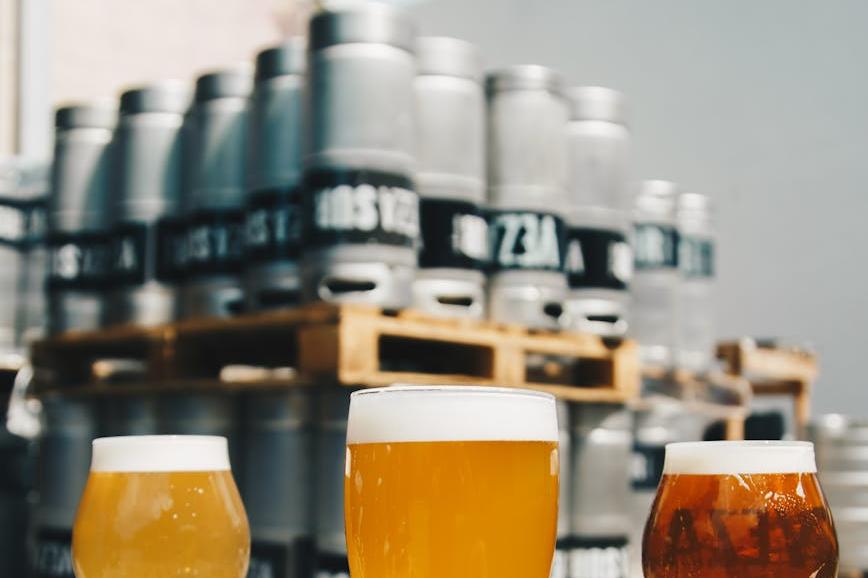- Shanghai Zhongshen International Trade Co., Ltd. - Two decades of trade agency expertise.
- Service Hotline: 139 1787 2118
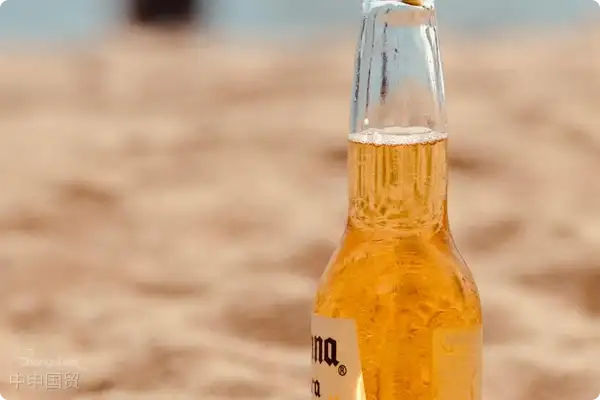
Contents
ToggleBreakdown of the Entire Customs Clearance Process for Imported Beer
Last week, we just resolved a customs clearance dispute for a container of German craft beer, where the client was dissatisfied due to...Incorrect HS code classificationAn extra 27% in tariffs was paid. As a "customs clearance veteran" with 20 years of experience, I've found that 90% of beer import issues stem from the following steps:
- Qualification Preparation Phase: The Food Business License must include the liquor business category.
- Chinese label filing: The alcohol content must be labeled with an accuracy of 0.1% vol.
- Customs declaration node: The malt concentration directly affects the tariff rate.
- Inspection and quarantine procedures: Differences in Testing Standards Between Fermented and Distilled Alcoholic Beverages
- Tax payment process: The cumulative calculation of anti-dumping duties and value-added tax
Three Deadly Minefields You Might Be Stepping On
In 2022, we handled 32 cases of beer customs clearance incidents, with the most typical cases concentrated in the following areas:
1. Hidden Pitfalls of Licenses
A certain customer holdsGeneral Food Business LicenseImported Belgian beer was detained at the port for 42 days. The issue lies in the lack of permitted business scope."Alcoholic beverages (excluding bulk)"The detailed items. A more concealed risk is: some ports require importers to possessRecord - filing of Imported Food ConsignorandExporter registrationDual qualification.
2. The Devil in the Details of Labels
- The country of origin labeling must be specified down toState/Provincial Level(As in Bavaria, Germany)
- The nutrition facts table must includeTrans fatty acidsContent labeling
- The bottle capacity must be used.milliliter (ml)For the unit
3. The Black Hole of Interests Behind Tax Identification Numbers
Under HS code 2203 for beer, there are 15 subheadings categorized primarily by common malt concentration:
- Malt concentration ≤10.5%: tariff 0% + VAT 13%
- Malt concentration >10.5%: Tariff 5% + VAT 13%
- When additional anti-dumping duties are imposed (such as in the case of Australian beer), the total tax rate can reach48.7%
Practical Solution
Recently assisted a craft beer bar with a Mexican beer import case, saving 160,000 yuan in costs through these three steps:
- Create a compliance checklist: Collect manufacturers in advanceHACCP CertificationandFilling date certificate
- Pre-declaration materials: Complete label pre-review and tariff code pre-classification before the goods arrive at the port.
- Choose a professional customs broker.:Agents with liquor import qualifications can expedite the process.Equipment AcceptanceClearance time
Pitfall Avoidance Guide (2025 Latest Edition)
- Please confirm the port requirements in advance.Hop extractTesting requirements (special testing required for some new craft varieties)
- German Beer NoteBeer Purity Law Compliance Certificate
- The U.S. craft beer needs to be provided.TTB certification documents
- Classification Differences Between Japanese Happoshu and Third-Category Beer
A real case that just happened last month: An importerdue to the special bottle shape of Belgian abbey beerMisidentified as regular beer due to lack of provided information.TRADITIONAL SPECIALTY GUARANTEEDCertification, resulting in the entire container of goods being returned. It is recommended to have a professional customs clearance team review before signing the procurement contract.It is recommended to verify through the following methods:Technical dataanda component analysis report.
Special reminder
This year, the General Administration of Customs has newly implementedPre-sentencing system, allowing importers to apply before the shipment of goods.Advance Ruling on Tax Rate.This service can effectively avoid 85% of tariff disputes, but requires preparation of:
- Complete production process flow chart
- Raw Material Ratio Detailed List
- Alcohol Content/Malt Concentration Test Report
Remember, a bottle of beer goes through many steps from the production line to the consumer's hands.17 regulatory stepsRather than dealing with issues after the fact, it's better to complete these five tasks before shipping: verify qualifications, pre-review labels, confirm tax numbers, test samples, and choose a professional agent. After all, in the battle of customs clearance,Prevention costs are always lower than correction costs..
Related Recommendations
? 2025. All Rights Reserved. Shanghai ICP No. 2023007705-2  PSB Record: Shanghai No.31011502009912
PSB Record: Shanghai No.31011502009912

